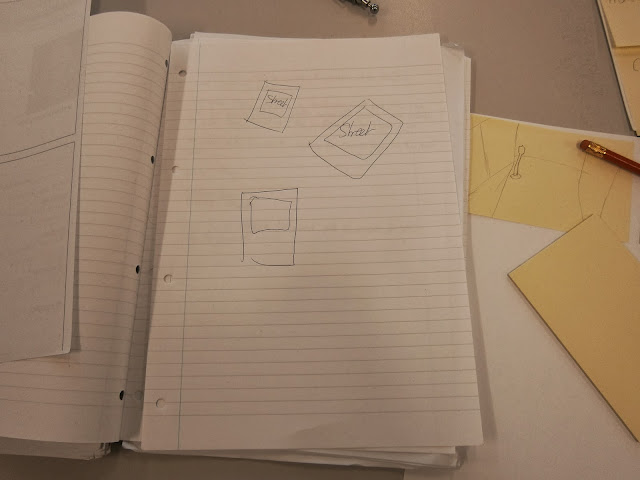Displayed below are four different presentations, each describing the conventions of an Opening Title Sequence. These were all prepared by former A level students and each have their good and bad points, I will analyse each of these and discuss their good and bad points.
This presentation first starts with a brief history of how the credits appear and when the content in the opening credits became an industry standard. Whist this is true, I believe they could have mentioned the general conventions before this change or modern trends that do away with opening credits (Batman Begins 2005).
They then show examples of each convention of an Opening Title Sequence. They don't mention a generally accepted sequence of appearance. Other than that, this is a relatively good explanation of the content in an OTS.
They mention what the credits are superimposed over and I believe this is entirely wrong. Whilst there are films that superimpose the credits on a blank image, More often than not, the credits roll over one of the first scenes of the film which introduces the audience to the story and some characters. Whilst there are exceptions (e.g. James Bond and The Pink Panther which create their own scenes with the use of animation) This is usually what you see at the beginning of the film.
The brief scene is usually a given for the opening title sequence and if the credits don't roll over this, it predeceases the credits.
All in all, I think the presentation is good at analysing conventions of an Opening title sequence for a different era of film, I am focused on more modern sequences and therefore don't think this is the best presentation. For talking about current OTS's, this presentation lacks several key points. For earlier Sequences however, this presentation is relevant and rather accurate.
This essay is a very detailed, in depth analysis of Alfred Hitchcock's film "Vertigo's" opening title sequence. It identifies what the sequence set out to establish and explains scene by scene, how it does this. I think this is a very accurate depiction of what films used opening sequences for back in Hitchcock's time and what most films do now. This analysis is amazing at justifying the use of different techniques for establishing atmosphere and theme of the film but it lacks in visual aids so you have no way of seeing how these techniques are applied without a certain knowledge of the film. Other than that, this analysis is a greatly detailed way of seeing how an Opening title sequence is supposed to affect the audience and the message it should get across.
This presentation seems to state the obvious way more than actually giving a lot of information. Whilst this is correct, it is pretty much stating what we all should know anyway.
the presentation describes the sequence of the thriller "Se7en" and describes the importance of four key aspects; Camera, Titles, Storyline and music. While there is much relevance to these things within a title sequence, I think this is irrelevant when talking about an opening title sequence as these things are important throughout a film.
This presentation has it's good points despite all this. It goes into why these points are important to the mood and establishment of the OTS compared to the rest of the film. This shows how these films employ such tactics and in this sense, establishes the key points of an OTS.
Overall, this presentation is relatively good at exploring conventions but I had to sift through the obvious.
Codes and conventions of opening sequences from
kcasmedia
This presentation is an analysis of the 007 Skyfall's Opening title Sequence, This does a pretty bad job of identifying the key components that make an opening title sequence. It explains what an OTS states and briefly shows what Skyfall's OTS establishes but really gives littl detail about what most OTS's are suppose to achieve generally.
Another similar analysis is then shown for Django Unchained in which, the shots are described adn these shots are briefly justified.
All in all, this presentation is pretty poor for anything other than a brief analysis of what these two films establish in their sequences.
Here is a video in which I talk about Opening title sequences:
OTS from Sam SheepDawg-OEight on Vimeo.
























